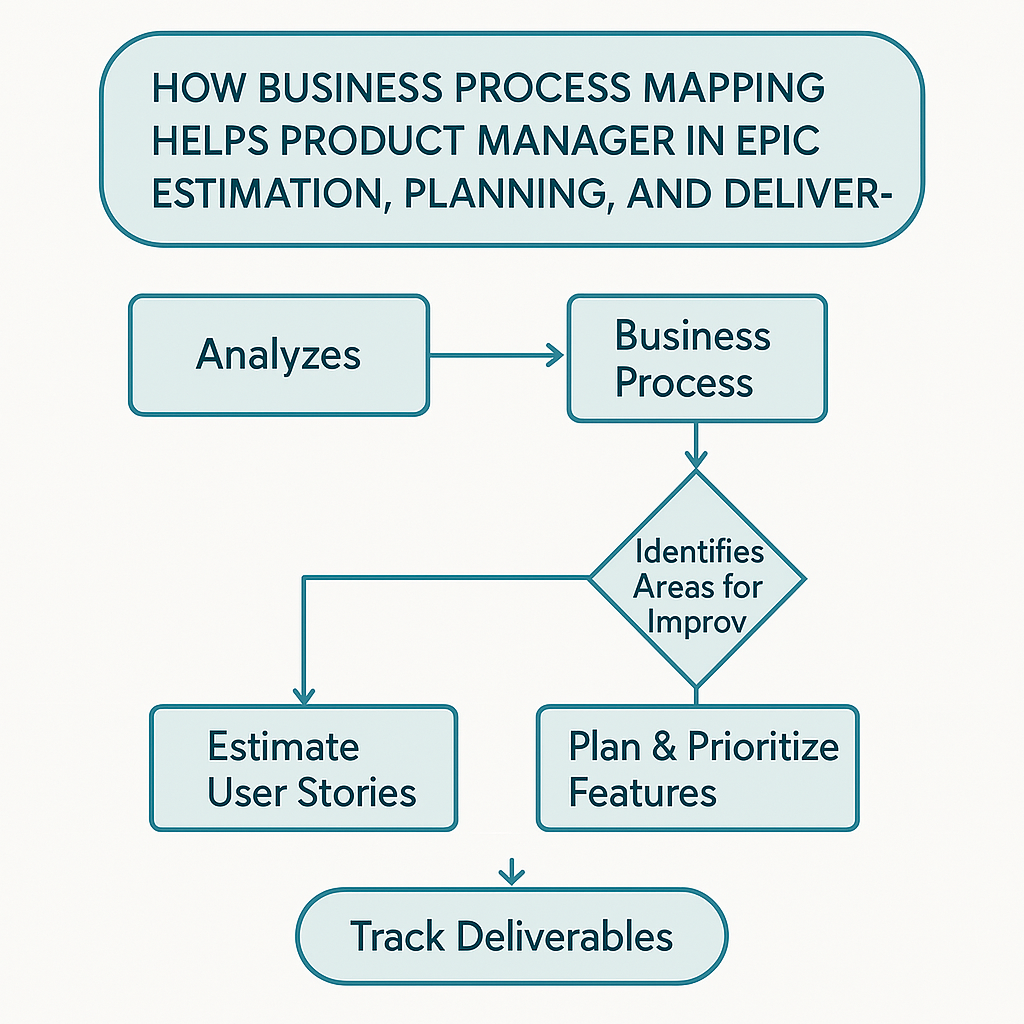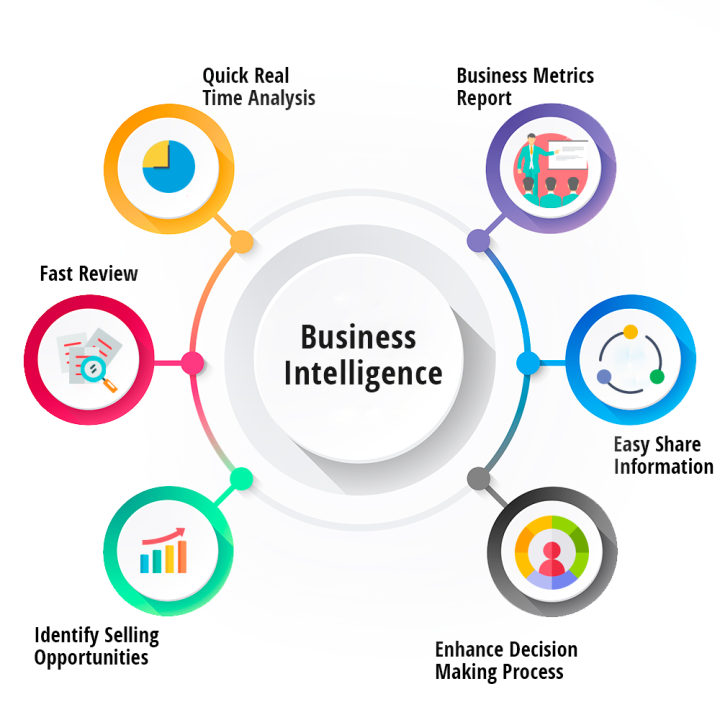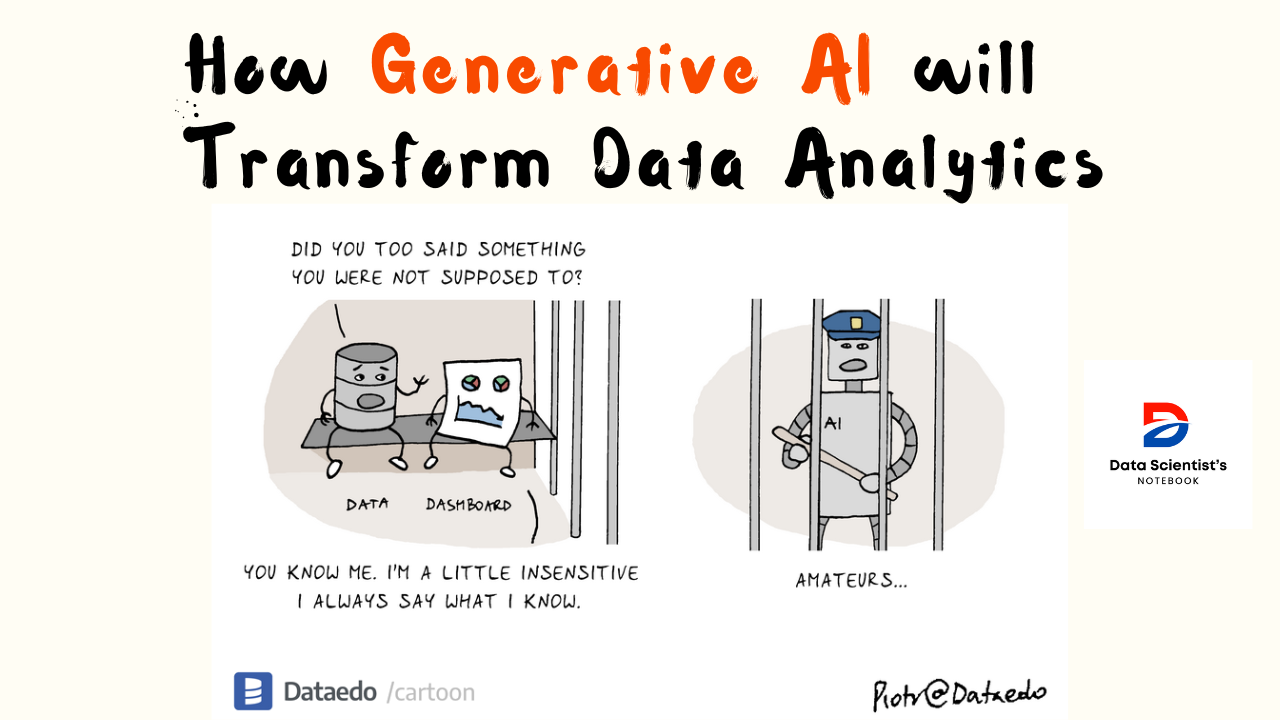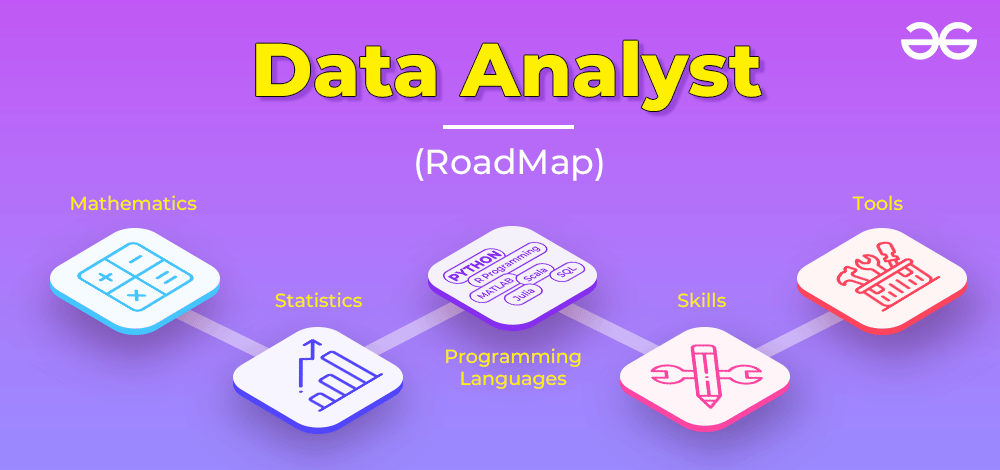Business Process Mapping (BPM) for Product Manager
- Apr 06, 2025
- Product Management
- product manager Business Process Mapping (BPM)
- 5mins
- 405 Views
Let’s take that HR onboarding process example and dive deeper into how Business Process Mapping (BPM) helps a Product Manager estimate epics, plan sprints, and manage deliverables.
🧩 WHY BPM Helps in Product Management
BPM helps Product Managers by:
-
Clarifying requirements
-
Breaking down complex workflows into manageable parts
-
Identifying dependencies and bottlenecks early
-
Improving estimation accuracy for epics and user stories
-
Aligning stakeholders and teams visually
📘 EXAMPLE: HR Onboarding Tool (Process Mapping → Epics)
Let’s say you’re building a feature set for HR onboarding in your BPM tool.
🎯 GOAL: Help HR streamline employee onboarding
Here’s the mapped process:
-
New hire fills out welcome forms
-
HR verifies documents
-
IT sets up laptop and software
-
Manager assigns onboarding tasks
-
Employee completes onboarding tasks
-
Feedback loop (HR collects feedback)
📐 HOW THIS TRANSLATES TO EPIC ESTIMATION
🔍 Step 1: Use BPM to Identify Workflows
You map out the process visually (like the chart above) and see each process block as a potential feature or interaction point.
🧱 Step 2: Translate Workflows into Epics
| Process Step | Epic | Notes |
|---|---|---|
| HR Verifies Docs | Doc Verification Module | Integrate file upload & e-signature |
| IT Setup | Automation for IT Tasks | Connect to ticketing tools (e.g., Jira, ServiceNow) |
| Task Assignment | Manager Dashboard | Feature to assign and track onboarding tasks |
| Feedback Collection | Feedback Module | Embedded forms + analytics |
Each of these becomes an epic, which you can then break into user stories and tasks.
📅 HOW IT HELPS IN PLANNING
With the BPM chart:
-
You visually prioritize the process blocks that are core vs. nice-to-have.
-
You sequence work based on dependencies (e.g., can’t test feedback module until onboarding tasks exist).
-
You identify integrations early (e.g., IT automation may need access to external systems).
-
You bring clarity to stakeholders, aligning engineering, design, and business.
✅ HOW IT AFFECTS DELIVERABLES
Because BPM gives visual clarity, you can:
-
Set clear deliverables per sprint or milestone (e.g., "Sprint 2 = Complete Manager Dashboard").
-
Ensure that your deliverables map to real user needs.
-
Avoid scope creep—each part of the flow is defined and tracked.
🚀 Real-World Benefit for a PM
Without BPM:
-
You might get vague requirements like “automate onboarding”.
-
You’re estimating in the dark, missing blockers.
-
Features don’t align well with how people actually work.
With BPM:
-
You see the process, not just the feature.
-
Estimations are more accurate because each block is scoped.
-
You plan more confidently and track deliverables with clarity.





